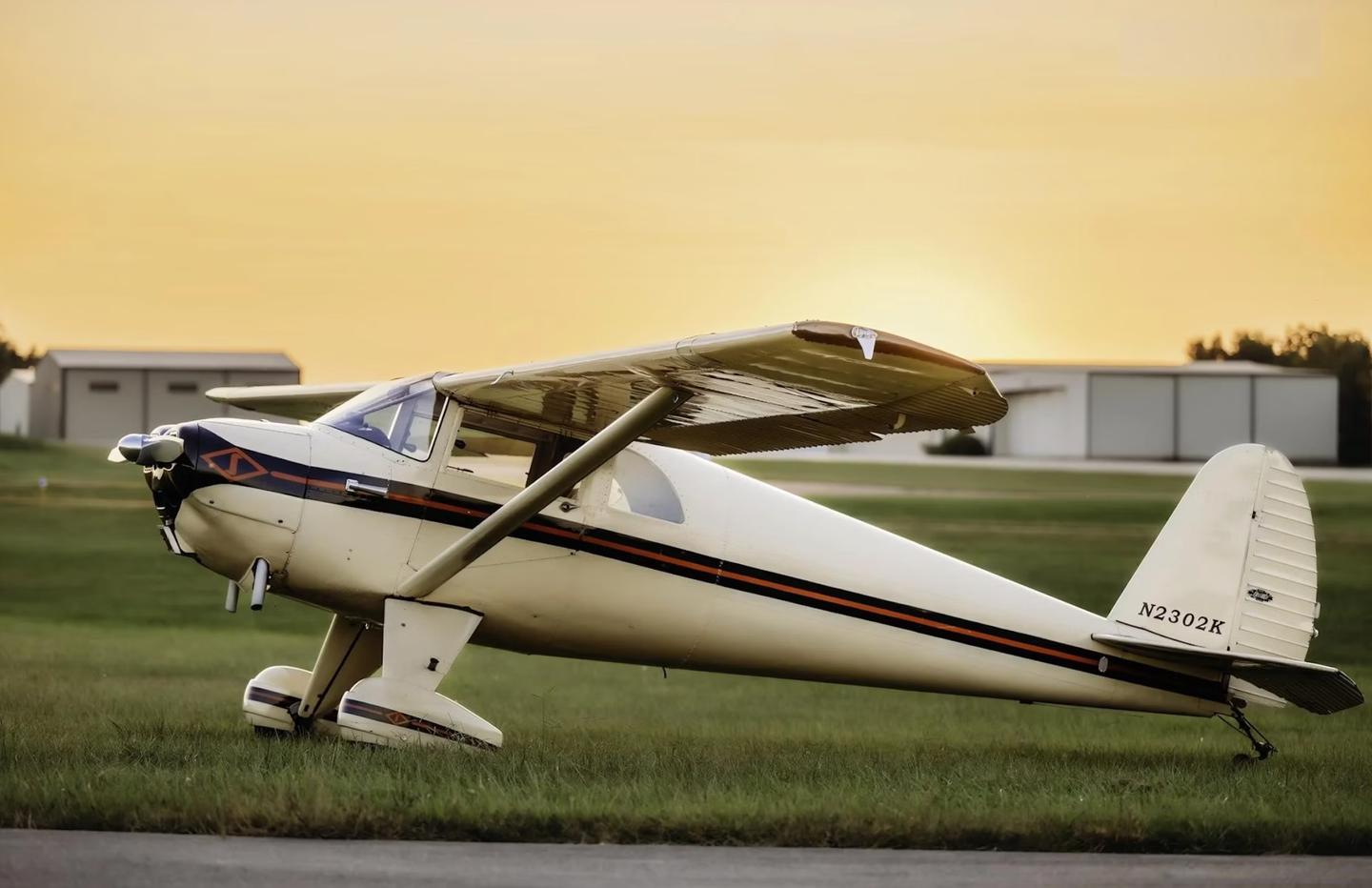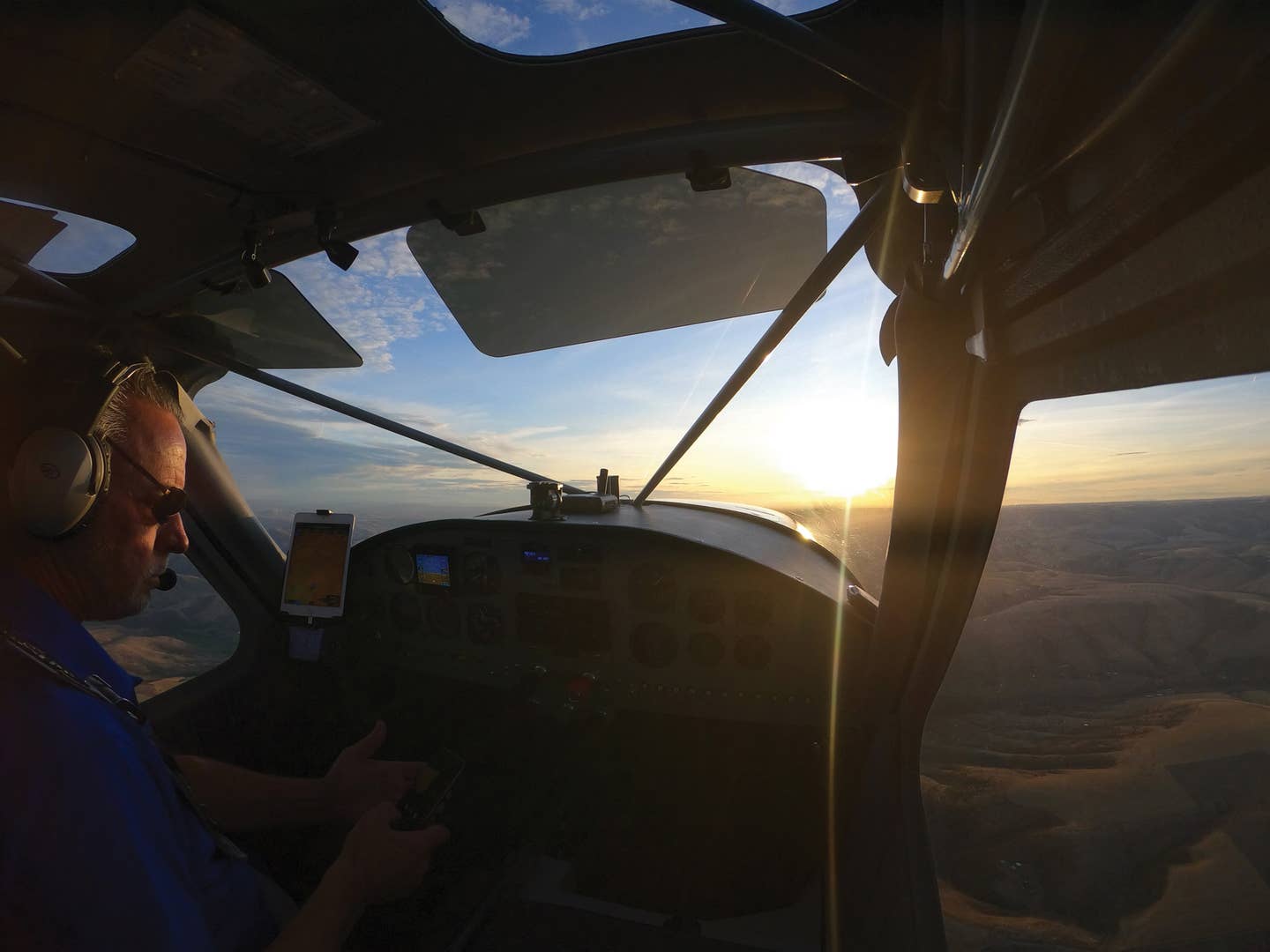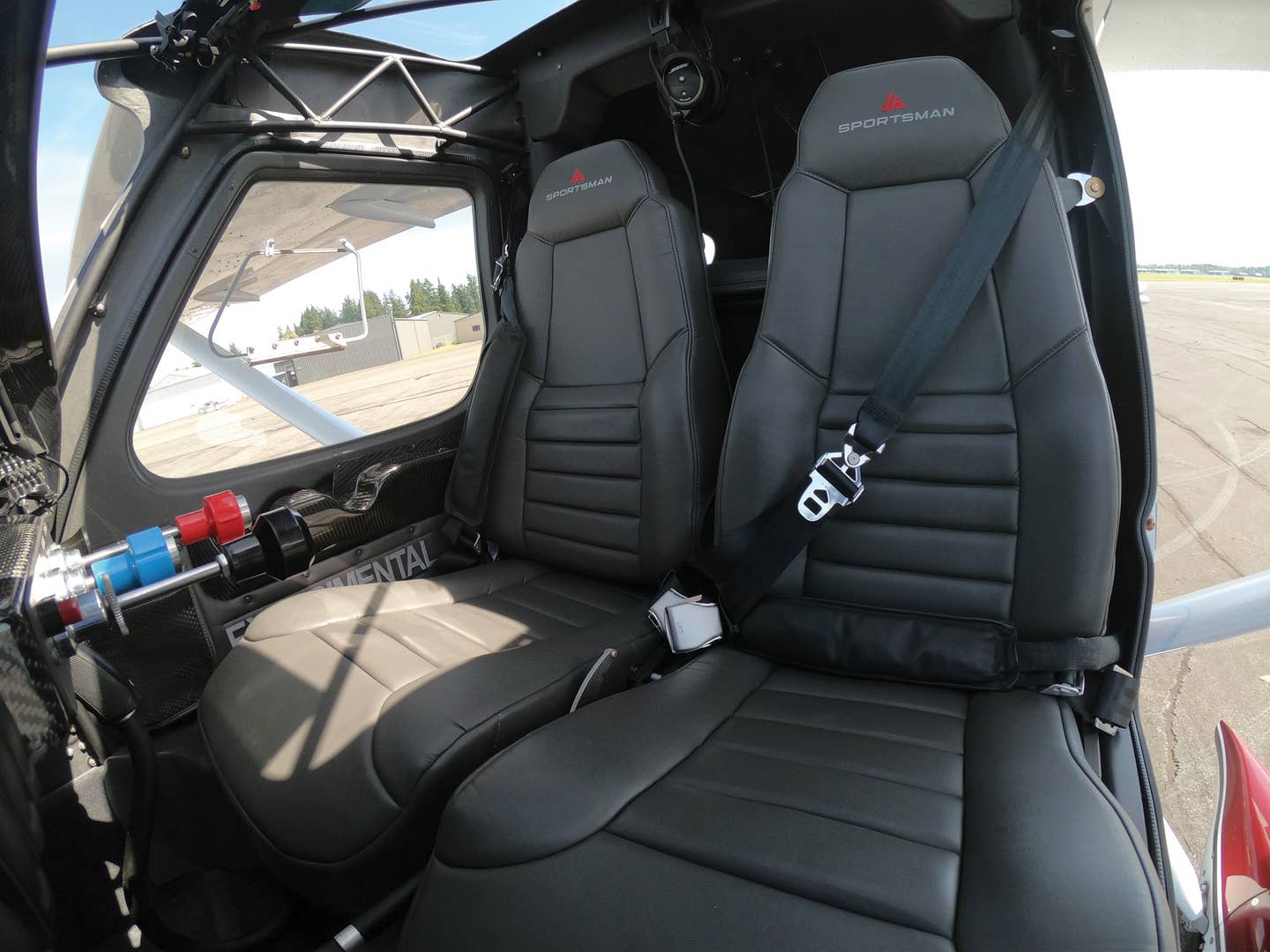CESSNA T-50 “BOBCAT”
STANDARD DATA: Seats 4-6. Gross wt. 5,700. Empty wt. 4,050. Fuel capacity 120-160. Engines two 245 hp Jacobs radials. PERFORMANCE: Top mph 179. Cruise mph 165. Landing mph 65. Initial…
 |
| STANDARD DATA: Seats 4-6. Gross wt. 5,700. Empty wt. 4,050. Fuel capacity 120-160. Engines two 245 hp Jacobs radials. PERFORMANCE: Top mph 179. Cruise mph 165. Landing mph 65. Initial climb rate 1,525. Range 750. Ceiling 15,000. |
World War II is responsible for most of the Bobcats still flying. It is unlikely that the more than 5,000 of these five-passenger twins would have been built without a military requirement for twin-engine trainers. Several hundred remain on the United States civil register. Originally built with 245 hp Jacobs radial engines, some Bobcats later got 295 hp Lycomings, and others have since been re-engined with 300 hp Jacobs powerplants. With the addition of an exit-hatch window to meet safety requirements, some also have been converted to six-seaters, though normal seating is two pilots and three passengers on a single bench-type rear seat. The Bobcat is of fabric-covered steel-tube construction, the fuselage being faired with spruce stringers that gave way to the ship's nickname, "the Bamboo Bomber." The wing also is fabric-covered over heavy wooden spars. The landing gear retracts upward into the nacelles and remains partly exposed so that belly landings can be made with little or no damage if the flaps are up. An unusual feature of the Jacobs engine is that it operates on only one magneto, plus battery ignition. It is started on the battery, then switched to the mag. Both engines turn generators, and they run smoothly on ignition if a mag fails. Bobcats have a large rudder, but the vertical stabilizer is small and minimum single-engine control speed is 90 mph. At 10,000 feet, full throttle gives 20" of manifold pressure, and 1,900 rpm on the Hamilton Standard constant-speed props will yield 143 mph indicated.

Subscribe to Our Newsletter
Get the latest Plane & Pilot Magazine stories delivered directly to your inbox






